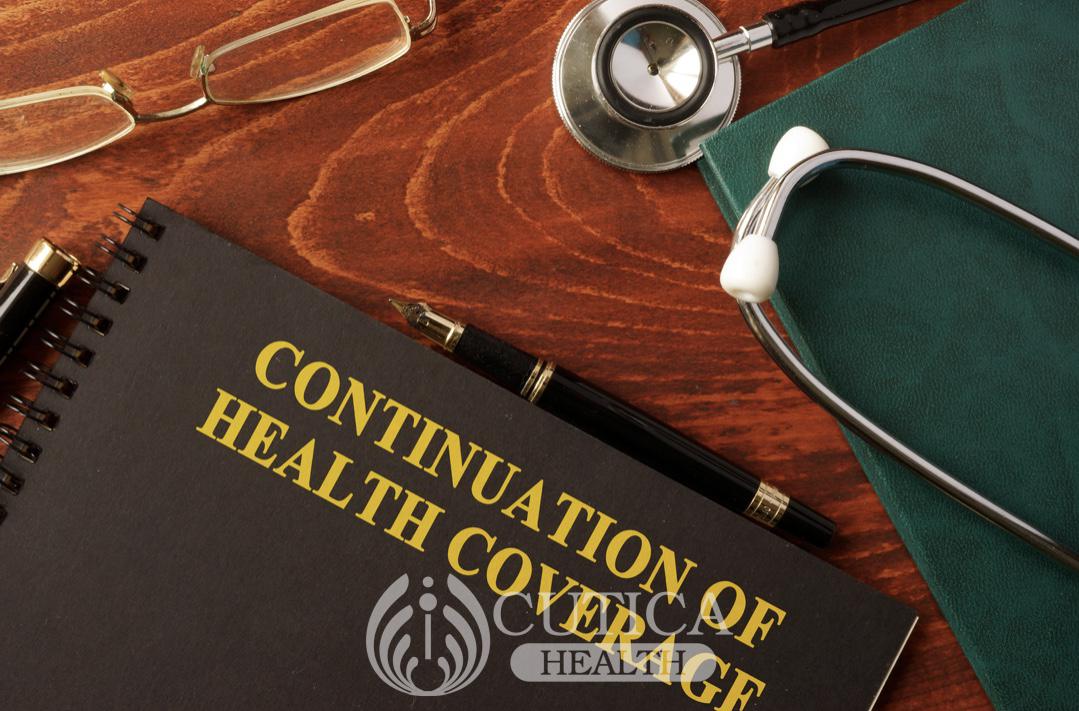
“Antibiotic resistance is rising to dangerously high levels in all parts of the world. New resistance mechanisms are emerging and spreading globally, threatening our ability to treat common infectious diseases. A growing list of infections – such as pneumonia, tuberculosis, blood poisoning, gonorrhoea, and foodborne diseases – are becoming harder, and sometimes impossible, to treat as antibiotics become less effective.” (WHO, 2020)
Antibiotic-resistant infections are a growing menace in the world today with a lot of experts describing it as the “hidden” pandemic. While a lot of antibiotics are on the market, the indiscriminate use of different types of antibiotics to combat infectious diseases, in humans and animals, coupled with the ability of these disease-causing bugs to alter themselves into resistant strains, has led to the surge in antibiotic resistance.
What is responsible for the increased burden of antibiotic resistance?
In low income countries, where laws against antibiotics usage are practically non-existent, individuals can access antibiotics without a valid prescription from a health care worker. This eases accessibility to antibiotics and promotes use by all and sundry, who are not informed about the various types of antibiotics and the diseases each antibiotic is designed to tackle.

Also, the use of substandard drugs or dosages provides an enabling environment for antibiotic resistance. A lot of drug companies now produce antibiotics with lower potency; this increases the chances of disease-causing bugs overcoming the weak defence posed by such substandard drugs. The same thing occurs with the use of inappropriate dosages of drugs commonly caused by consumers'/patients’ failure to stick to the dosages prescribed.
A third reason for the increased burden of antibiotic resistance is the failure to adhere to hygiene practices and infection control processes. Cross infection from animals to man or man to animals account for a lot of emerging and re-emerging diseases. With new diseases and more complex organisms, the chances of routine antibiotics working is small.
Other identifiable risk factors for antimicrobial resistance include over-prescription of antibiotics, failure to finish the entire antibiotic course, overuse of antibiotics in livestock and fish farming, poor infection control in hospitals or other health care facilities and the dearth of new antibiotics.
All these factors have helped to provide a favourable breeding ground for antibiotic resistance.
How to address antibiotic resistance?
According to the World Health Organisation, the following steps should be employed by individuals to fight against antibiotics resistance.
- Use antibiotics only when prescribed by a certified health professional.
- Never demand antibiotics if your health worker says you don’t need them.
- Always follow your health worker’s advice when using antibiotics.
- Never share or use leftover antibiotics.
- Prevent infections by regularly washing hands, preparing food hygienically, avoiding close contact with sick people, practising safer sex, and keeping vaccinations up to date.

- Prepare food hygienically, following the WHO Five Keys to Safer Food (keep clean, separate raw and cooked, cook thoroughly, keep food at safe temperatures, use safe water and raw materials) and choose foods that have been produced without the use of antibiotics for growth promotion or disease prevention in healthy animals. (WHO, 2020)

There are other steps that can be employed at different levels of interactions, such as governments, health care facilities, etc. The aim is to ensure that we do not contribute to the development of more “super bugs” that will end up becoming a menace in health care.












